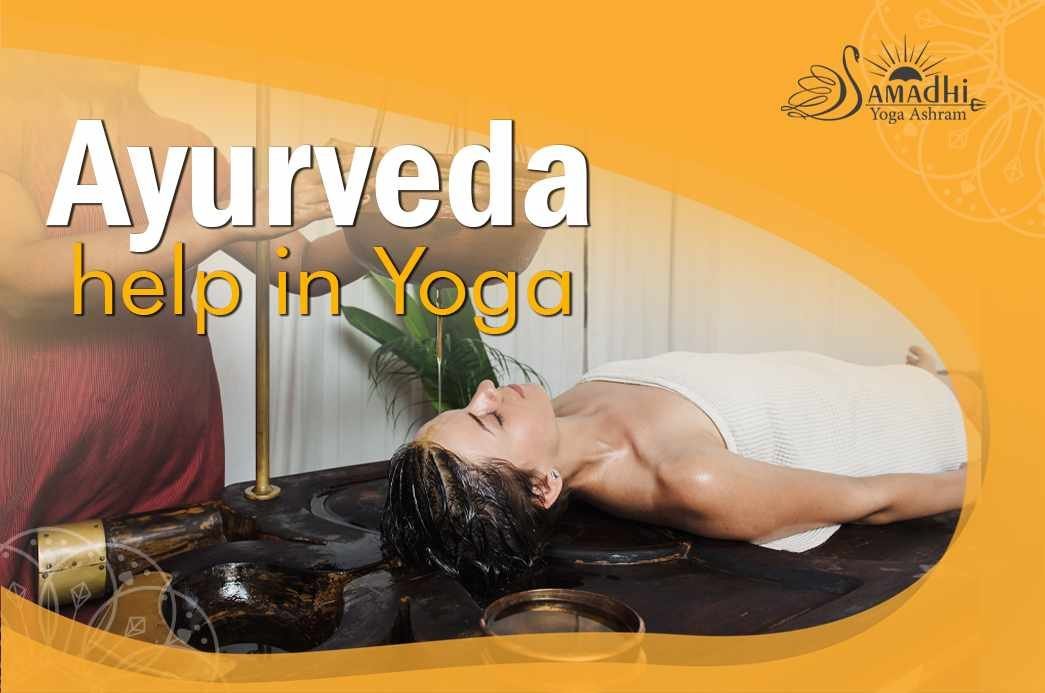If you have been dabbling in Ayurveda and Yoga, you may sometimes wonder, why these are together. Well! That is something that most people enquire about. To make matters easy for you, ‘Ayurveda’ is the science of life, whereas, ‘Yoga’ is its application. So, you can call these two, sister sciences. When you combine both these scientific disciplines, magic happens. Ayurveda has got the recognition of an Alternative treatment modality. It is a holistic science that has been there for 5,000 or more years. You can actually utilize Ayurveda, to reach the root cause of any disease. It is the only medical science, although an alternative one that acts as a preventative and curative treatment modality.
Aspects of Ayurveda That You Should Know About
- When you study Ayurveda, the first things that you may come across are the Prakriti and Vikriti. It is also referred to as the body constitution. The five elements have a huge role in the same. Vata, Pitta, and Kapha are the three doshas that govern most people. Any person’s body constitution may be a combination of two or even three doshas. If you have the knowledge of doshas, you can curate a diet for the yoga practitioners. When you are into any sort of yoga program or practice, you should stick to the Sattvic diet, which is mainly made up of fruits, vegetables in raw or blanched form.
- Moving on to the different kinds of diets – Rajasic, Tamasic, and Sattvic, you should eat according to your body constitution. All those who want a calm mind and balance in life, should go for Sattvic food or ahara. Royals mostly indulge in Rajasic food, which endows one with bravery and power. Tamasic food is the worst category that comprises fermented and rotten stuff, and must be avoided in totality.
Applications of Ayurveda in Yoga
- If you are governed by Vata dosha, you have a body type that is quick and light. You may have dry skin, anxiety, and constipation, as well. So, when you combine Ayurvedic sciences to work on this type of body, you need to incorporate slow and restorative yoga as a part of your schedule. You must hold the poses for a longer duration, so that the heat generated by the body reaches the absolute interiors of the connective tissues. It is to stop your restless nature, which is characteristic of a Vata personality.
Some of the key recommendations for asanas are Tree pose, Mountain pose, seated forward bends, backward bends, twists, and the Savasana.
Some of the pranayama recommendations include abdominal breathing and alternate nostril breathing. The main focus throughout such practice is the floor of the pelvis, colon, as well as the lower spine. It is the seat of Vata and you need to do kriyas that can affect these areas.
- All those who have Pitta dosha are ambitious and perfectionists. Moreover, you will also have qualities like anger, acidity, and inflammation. Sun salutations done slowly is something that you must incorporate in your diet. Yoga asanas are best practiced before sunrise or in the evening. Try to take it slow. Spinal contortions and forward bends are great for your body type.
You must practice some of the more cooling Pranayama like Shitali Pranayama, Bhramari, and Chandra Bhedana. The ultimate effects are cooling and relaxation. Ashtanga Vinyasa is perfect for you, but has to be done slowly.
- Now, we come to the last one, Kapha dosha. The Kapha personality is mostly relaxed and lethargic. You may suffer from congestion, depression, and may have an obese body. Therefore, you should do faster yoga, like Vinyasa flow, to induce a lot of sweat. Faster sun salutations may also work for you, if you are a Kapha personality. Inverted poses and standing poses will do wonders for your health. Some of the Pranayamas that you must practice are Kapalbhati, Bhastrika, and Surya Bhedana. The Kapha is wet and solid, so you might need to shake it up a bit, to avoid stagnation. Additionally, you must heat it up, so that it starts flowing.
Customized Yoga Classes
You can curate classes according to the student’s Prakriti or Vikriti. In order to do that, it is essential to ask the student’s several questions to ascertain their doshas. Apart from body constitutions, there can be changes in practices according to the time of the day or season. Incorporate these guidelines, so as to give the full benefit of Ayurvedic principles to your students. Need to understand that there are several ways to do the same asana or Pranayama. You have to find out the Prakriti and Vikriti, and then suggest the same to your students.
You will be amazed to know that you can also cure an individual of diseases, by suggesting them the right food, asanas, Pranayama, and kriya. The combination of these actions will give you the best treatment. When you take the assistance of Ayurveda in Yoga, you can do wonders. The study of Ayurveda, along with yoga practice can also alter your emotional and spiritual state of mind as well. So, let us utilize the combination of Ayurveda and Yoga and enhance our very existence.








